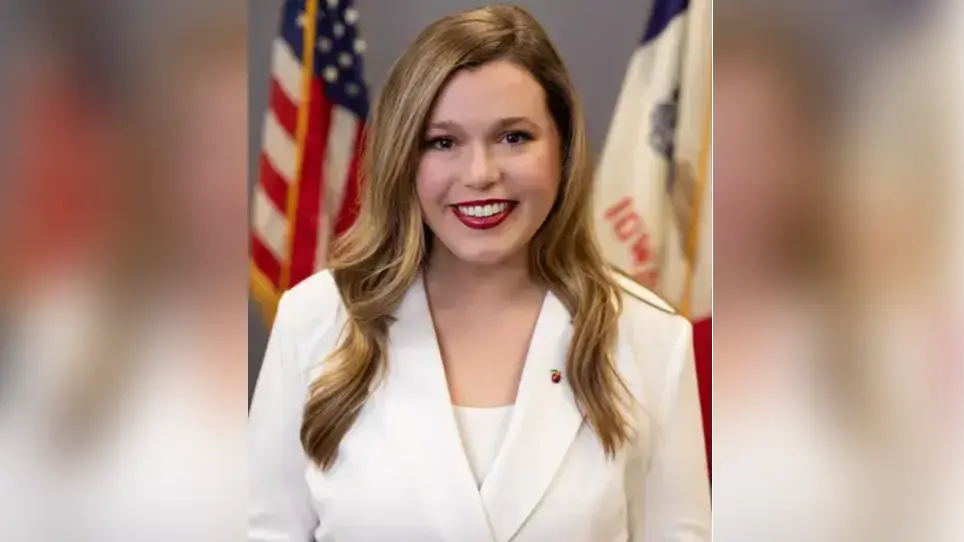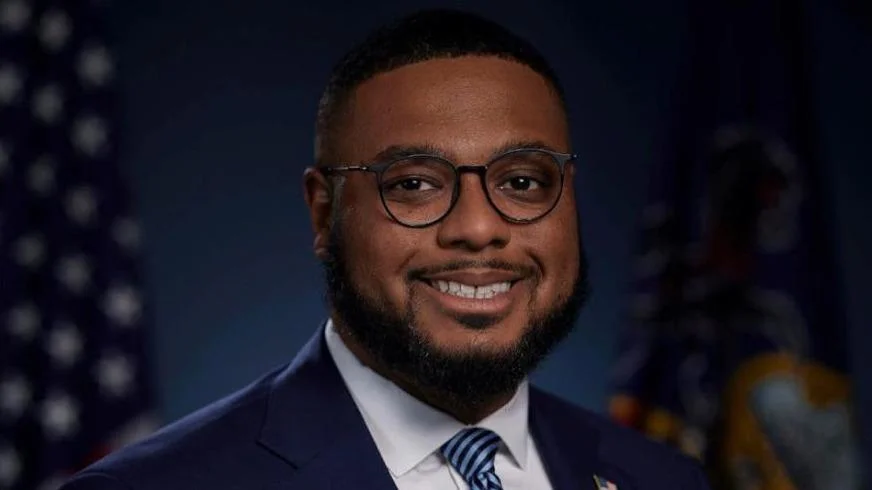
Jared Polis (left), Chair of the National Governors Association and Kevin Stitt, Vice Chair of the National Governors Association | https://www.nga.org/governors/ngaleadership/
In 2025, governors in the United States addressed key educational issues during their State of the State speeches. They acknowledged both improvements and ongoing challenges within the educational sector. Some state leaders proposed strengthening the educational system from early childhood through postsecondary education, as well as specific proposals related to funding, academic achievements, and the development of the teaching workforce.
Newly elected West Virginia Governor Patrick Morrisey emphasized education as a critical area for future growth. He stated, "In order for us to grow long-term, education must be a top priority. Our classrooms should be centerpieces of excellence."
The Education Commission of the States has been monitoring educational priorities in State of the State addresses for over 20 years, in collaboration with the National Governors Association for the past six years. They have identified seven trending topics based on addresses from 49 governors, including leaders from the U.S. Virgin Islands and Guam.
Workforce development and career and technical education were mentioned by at least 33 states, along with the U.S. Virgin Islands and Guam. Governors are linking postsecondary education to workforce needs through apprenticeships and internships. K-12 funding was another focal point, with 32 governors discussing the refinement of school funding formulas or ensuring adequate school funding. Additionally, 26 governors highlighted teacher workforce issues, including teacher compensation and recruitment.
Academic achievement and early care and education were mentioned by 24 governors each. Leaders are pushing for early reading and math programs, along with ensuring high-quality early education for more students. Mental and physical health, including funding for mental health initiatives and universal free lunches, were cited by 21 governors. Similarly, the importance of school choice was underscored by 21 states, with some advocating oversight.
The full Special Report, tracking these priorities and others, is available through the collaboration of the Education Commission of the States and the National Governors Association.





 Alerts Sign-up
Alerts Sign-up